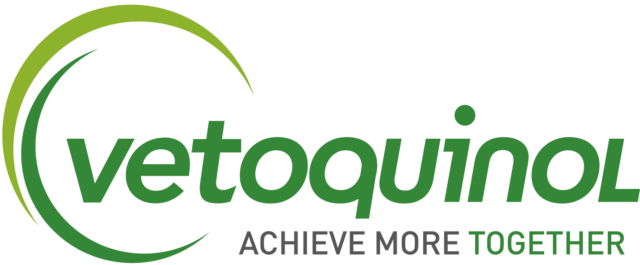One of the biggest challenges in the fight to mitigate carbon emissions and address climate change is that every group and every player who participates in this collective mission has different goals. These goals develop based on the interests of each group. The groups may be global organizations like the United Nations, federal governments, national boards, localized community groups, regional organizations or individual households, among others.
Although the goals of each group are often conflicting, the goals of one group do not necessarily negate the goals of any other group. This makes it beneficial, within the livestock industry for example, to understand a variety of perspectives and needs.
At this year’s Animal Nutrition Conference of Canada held from May 11-12, attendees were presented with two such perspectives on the sustainability of the livestock industry. At the conference, two well-respected industry leaders confronted the audience with the chief challenges and opportunities they see facing the attainment of sustainability goals.
Donald Broom, emeritus fellow at the University of Cambridge and author of seven books and over 200 refereed scientific papers, is an expert in the field of animal welfare, an integral aspect of his discussion on the sustainability of the livestock sector. Broom provided a global perspective on matters of sustainability and the complexities of building a livestock sector capable of supporting global needs for generations to come.
“I think we need some system changes; we need to change the sort of way in which we use land; we need to change the proportion of the different kinds of things we use. We need to think about all aspects of sustainability in what we do,” Broom explained.
He named some of his major concerns which could impact the globe well beyond the scope of environmental sustainability. Issues like biodiversity, antimicrobial resistance, fair labour conditions, animal welfare, emissions outputs and efficient use of world resources to produce and distribute food all factored into Broom’s discussion on sustainability.
Conversely, Karen Beauchemin, a recently retired Canadian federal research scientist, ruminant nutritionist and esteemed authority on methane emissions, narrowed her focus in on Canada’s livestock sector with a particular emphasis on the sustainability of ruminant systems and their production of enteric methane emissions.
On the pathway to meeting goals like Dairy Farmers of Canada’s pledge to reach net-zero greenhouse gas emissions by 2050, Beauchemin argued reducing enteric emissions produced by the dairy sector will be key to reaching sustainability targets.
“When you break down for milk, what are the driving factors [of emissions production], it’s over 40 percent enteric methane emissions, so slightly less than the beef sector emits. Still, if we want to do something about greenhouse gas emissions from dairy, it’s about enteric methane emissions,” she said. “Manure emissions are important, but [reducing manure emissions are] not going to allow us to attain those very ambitious goals being set by both industry and governments.”
Despite their differing approaches and focuses, several points rang true for both Broom and Beauchemin. The value of life cycle assessments in determining livestock sector emissions was discussed by both parties. The influence of consumer demands on the future of emissions by the livestock sector was also a commonality, as Broom and Beauchemin both considered how decreasing demand for animal protein may help the sector reduce emissions.
Another point made by both Broom and Beauchemin was the need for a variety of solutions. The complexity of Canada’s livestock sector and the global livestock sector demand solutions that account for this diversity and complexity.
Broom offered solutions that could be construed as critical of the production of animal protein and many current industry practices. For example, he discouraged the use of high-milk-producing dairy cows, citing welfare concerns as the reason this practice is not something he deems sustainable.
His other solutions included practices which, in many cases, are growing in popularity. These are things like increasing the use of high-protein plants in feed, increasing the efficient use of extensive pasture, silvopastoral systems, minimizing plowing and increasing carbon sequestration subsidies.
Additionally, Broom suggested the development of stewardship labeling for beef and dairy products – much like some of the marine stewardship labels already in use – would help improve sustainability.
“For all of the different [animal protein] products, there’s a range in terms of sustainability. You need to have information about what system of production is used,” he explained.
Beauchemin’s proposed solutions also fell into a range of categories. She touched on the value of properly grazing cattle to improve carbon sequestration, increasing lipids in ruminant diets, the potential to reduce enteric methane emissions using genetics and better, more efficient management of ruminants.
Instead of focusing on net-zero emissions, Beauchemin advised the sustainability focus shift towards a plan for climate neutrality. “For me, I think we have to start talking about climate neutral […] To be climate neutral means adopting aggressive methane reduction strategies, and of course, there’s opportunity for manure, but I think it’s much less in Canada. For me, it really is going to be about bolstering soil organic carbon,” she said.
Solutions are available and a path to sustainable livestock raising exists; however, the question lies in the attainability of these goals.
Beauchemin concluded her presentation by addressing what is perhaps the largest barrier to the industry’s sustainable ambitions: economic incentive. “The problem is – right now – producers don’t get paid to reduce methane, and they don’t get paid to store carbon in soils,” she said. “But that’s going to change.”









